Canadian university professor Vaclav Smil’s legendary work on energy, particularly in the United States, has garnered worldwide honor. Yet Smil writes for experts, not the layperson. His energy overview covers 441 dense pages and oddly-sequenced chapters – plus addenda – relaying statistics, facts and expert opinion, but little softening storytelling. He describes the role of energy in societal issues, slavery, war, economic growth and environmental ruin. This brilliant work best serves determined readers pursuing encyclopedic knowledge of the history and role of energy from fire to fusion.
Without energy in one of its many forms, nothing gets done.
All forms of life on Earth depend on energy. No human, animal, or natural or mechanical process can do anything without it. Humans’ ability to harness energy largely accounts for all advances in civilization.
The efficiencies of myriad forms of energy differ greatly, and over the centuries, people strove to find more efficient ways to extract greater yield from energy sources and to obtain cleaner energy they could harness more easily. Energy optimization relies on learning, intelligence and governance conducive to innovation. The history of energy closely parallels the history of humanity.
Energy conversion and use – including energy from the sun, wind and domesticated animals – enabled agriculture, which led to civilization.
Standing erect allowed early humans to use their hands to manipulate tools, which required intelligence and caused the brain to grow in size and capacity. The smart use of tools, especially in hunting, led to the development of complex societies. Such advances enabled early humans ...













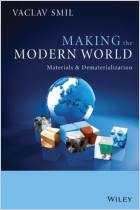


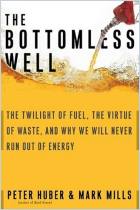
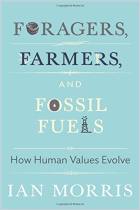
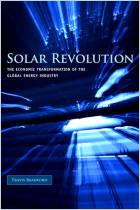

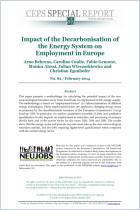



Comment on this summary or Diskussion beginnen